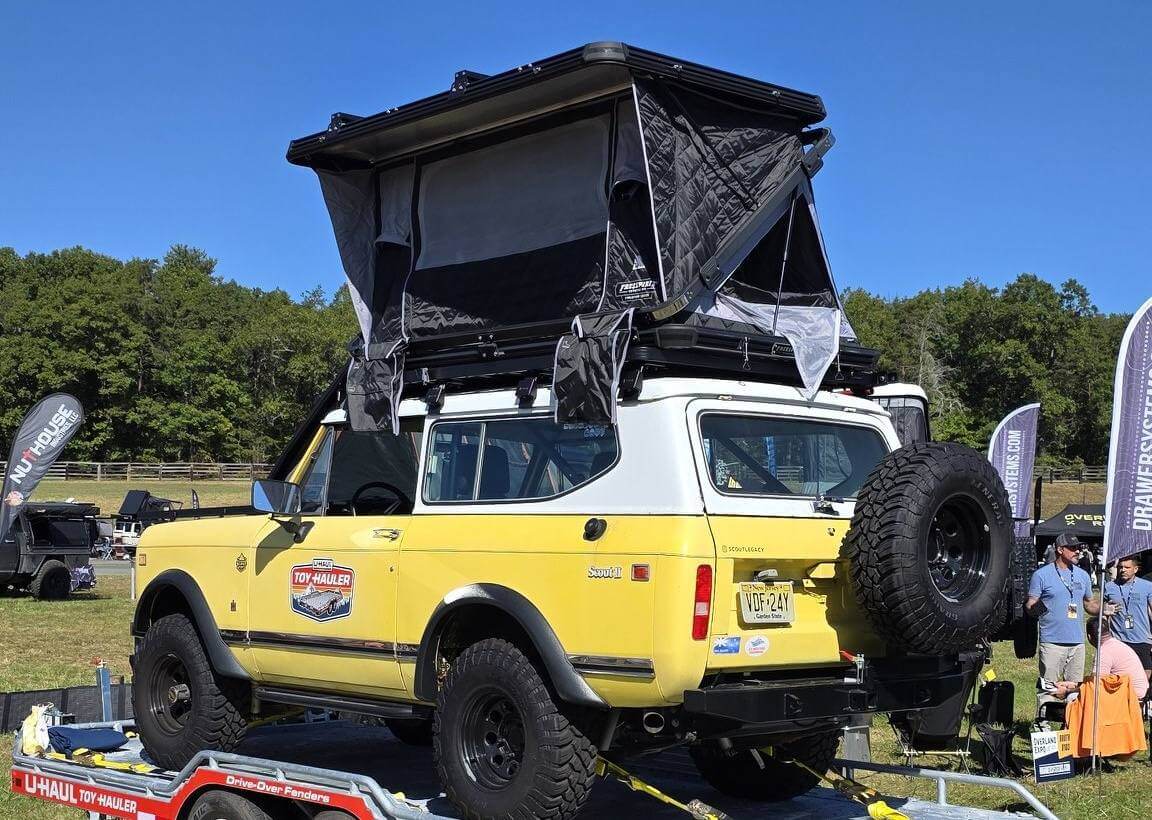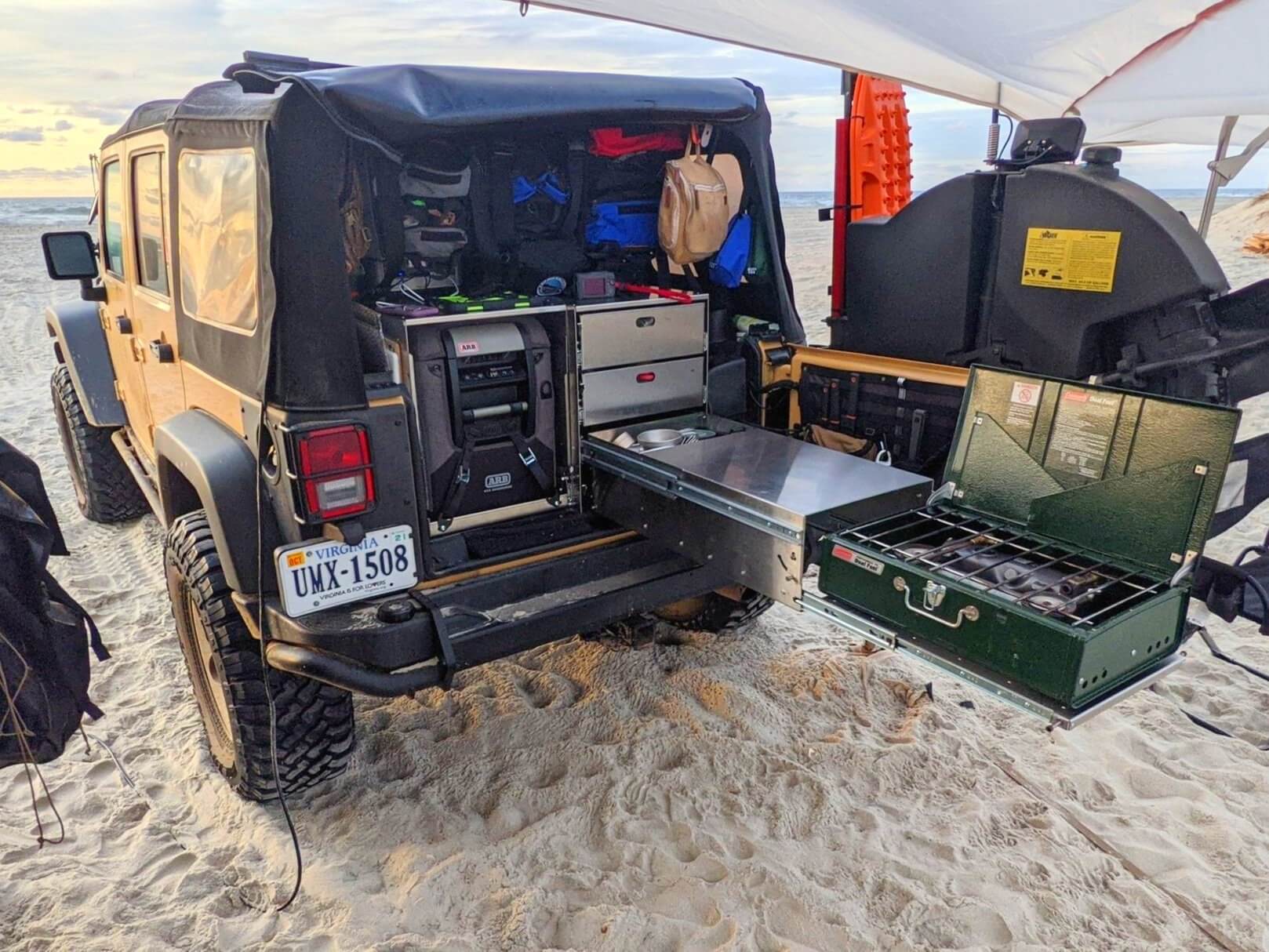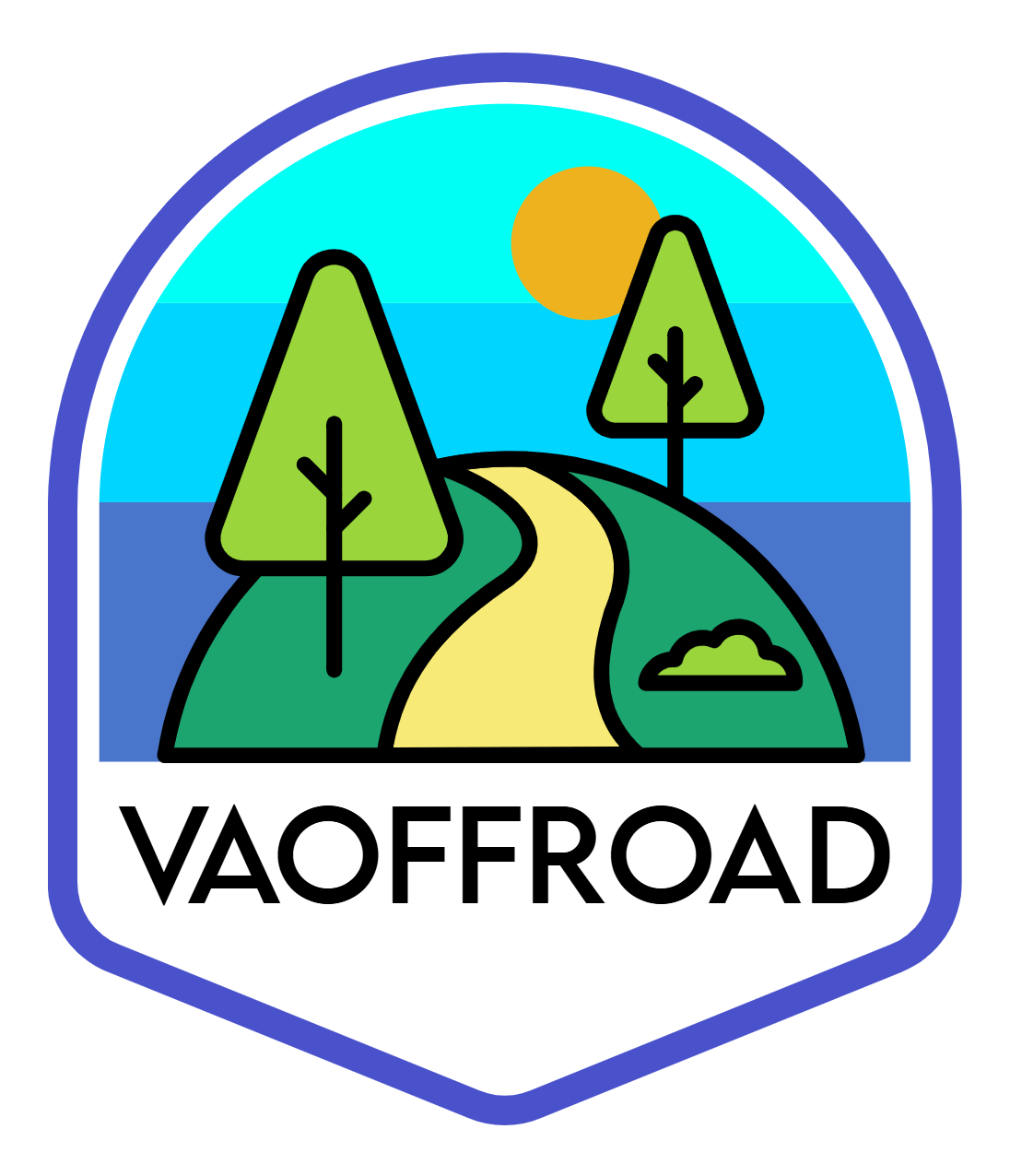Module 3 – Trip Planning & Navigation
Safe, enjoyable overlanding begins long before the engine starts. Every successful trip is built on careful planning and situational awareness.
1. Route Research. Study maps, weather forecasts, and seasonal closures. In Virginia, some Forest Service roads close after heavy rain or during winter to prevent erosion. Tools like Gaia GPS, onX Offroad, or paper topographic maps help you identify waypoints, campsites, and fuel stops.
2. Travel Plan. File a copy of your itinerary with someone you trust. Include destinations, estimated return date, and communication intervals.
3. Range Awareness. Know your vehicle’s limits—fuel range, water supply, and recovery time. Carry at least one backup for communication, such as a satellite messenger or ham radio.
4. Legal Access. Overlanders must always verify trail legality. Only travel on designated roads or routes.
Planning keeps you safe, reduces environmental impact, and minimizes strain on rescue services. A responsible overlander knows before they go.

Module 4 – Camp Setup & Field Living
A comfortable, organized camp turns travel into lifestyle. Setting up properly reduces fatigue and protects the environment.
Selecting a Site:
Use previously established or durable surfaces—gravel, rock, or compact soil. Avoid vegetation.
Choose areas with natural wind breaks and drainage.
Keep at least 200 feet from water sources to prevent contamination.
Camp Setup:
Orient tents or awnings to block prevailing wind.
Use low-intensity lights to maintain night-sky visibility.
Store food securely to deter wildlife.
Keep noise and music low, respecting others nearby.
Cooking & Cleanup:
Use propane stoves or controlled fires only where permitted.
Wash dishes away from streams with biodegradable soap.
Always pack out trash and gray water.
Efficient setup means you can tear down quickly in case of bad weather or emergencies—and it shows respect for nature.


